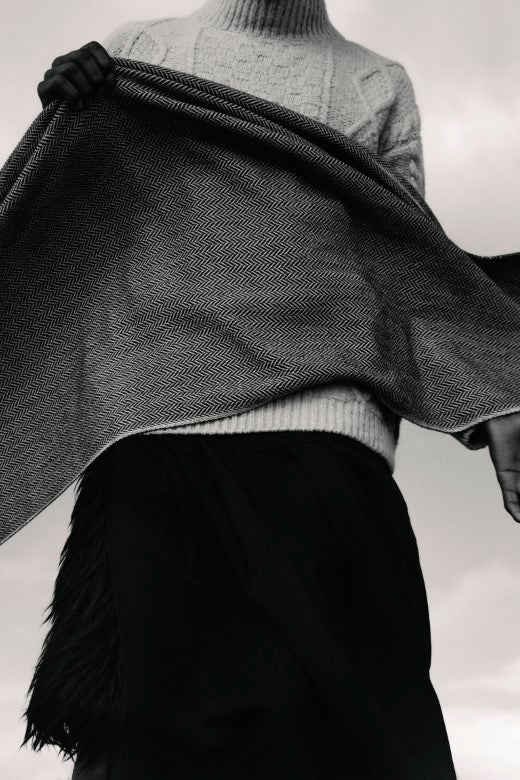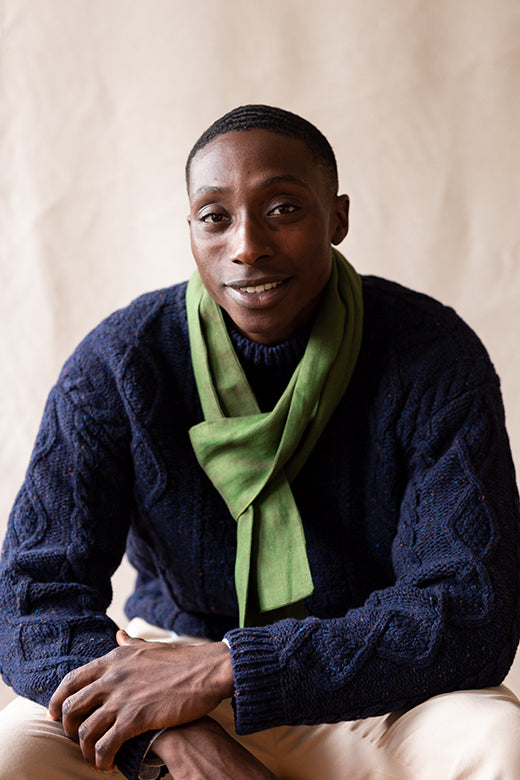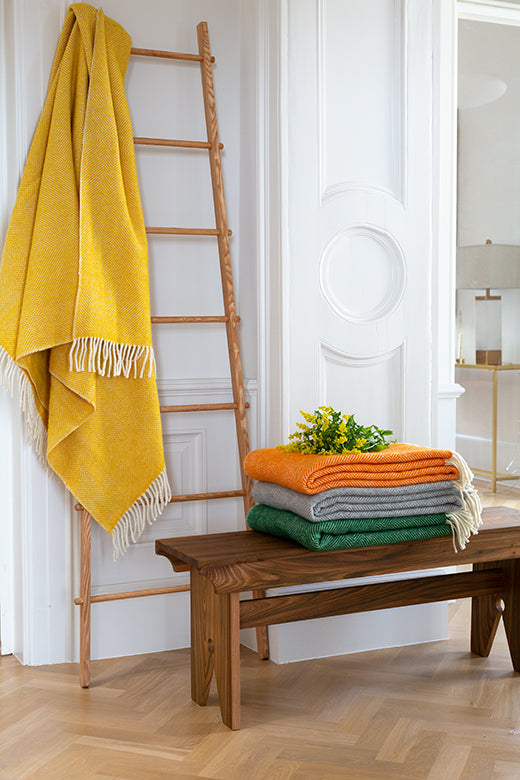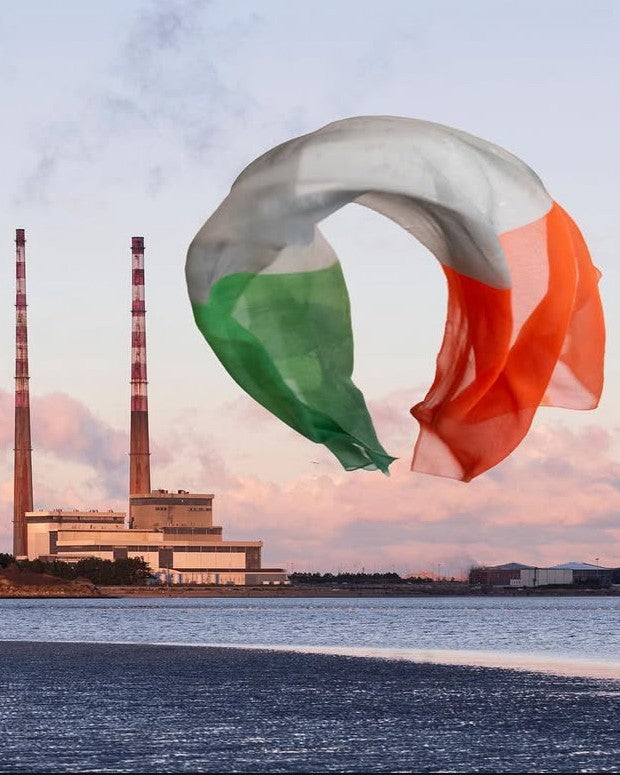Accessories for Home
Accessories to Wear
Women / Men
Lookbooks
The Irish Tricolour

Flown Worldwide with Price
Living Collection

Irish Luxury at Home
STABLE Celebrates

Irish Design Celebrated
The Donegal Aran

Iconic Irish Garmant
Our Story
Journal
Subheading
Irish Stone Walls
All over the island we find drystone walls, marking boundaries, fields and roadways. If you look closely you can marvel at the skill, strength, time and ingenuity that went into each one. Drystone walling are walls built entirely without mortar or concrete. They are, as a result, living, breathing places, habitats for flora and fauna, where birds shelter and insects build their intricate homes. Built with local, low-carbon recyclable material, they act as long-term weatherproof protection. We must remember to spare a thought and thanks to the makers! These walls are a beautiful sight in our countryside.


Each province has its own style due to the particular nature of the local stone, but it takes a fine eye to recognise this kind of work. Check out the wonderful work of the DSWAI (www.dswai.ie), a group of volunteer stonemasons and interested folk who promote the awareness of stone building. They do courses too, so you’ll find us there one of these days!
Stone walls have long been used by artists to portray aspects of life difficult to describe, from Robert Frost's Mending Walls to acclaimed Irish-American artist Sean Scully's book Walls of Aran. The book features his own photographs of the ancient dry stone walls of the Aran islands, a place he has revisited many times. The photographs have a strong affinity with Scully's paintings for which he is best known. Scully says, 'these walls are silent. And yet this sculpture is like the music of this place: austere and elemental ...'
Featured products
Natural Donegal Aran Jumper
frontpagethe-day-for-greenknitwear-for-menknitwear-for-womenmens-clothingmensbest-sellersknitwearstable-favouritesstable-to-wear-womenstable-to-wear-menthe-complete-stable-product-rangeall-textiles-women-and-men
Natural Donegal Aran Jumper
$261.00
Natural Donegal Aran Jumper
$261.00
The Irish Tricolour Scarf by STABLE of Ireland
frontpagethe-day-for-greenmens-scarvesmensscarvesbest-sellersstable-to-wear-womenstable-to-wear-menthe-complete-stable-product-rangetricolour-of-irelandwomens-scarvesall-textiles-women-and-men
The Irish Tricolour Scarf by STABLE of Ireland
$284.00
The Irish Tricolour Scarf by STABLE of Ireland
$284.00
Suggested articles
What's next?
Get the first look at exclusives by Ireland's best weavers and makers in Irish design, Irish linen, Irish crafts and Irish gifts.









